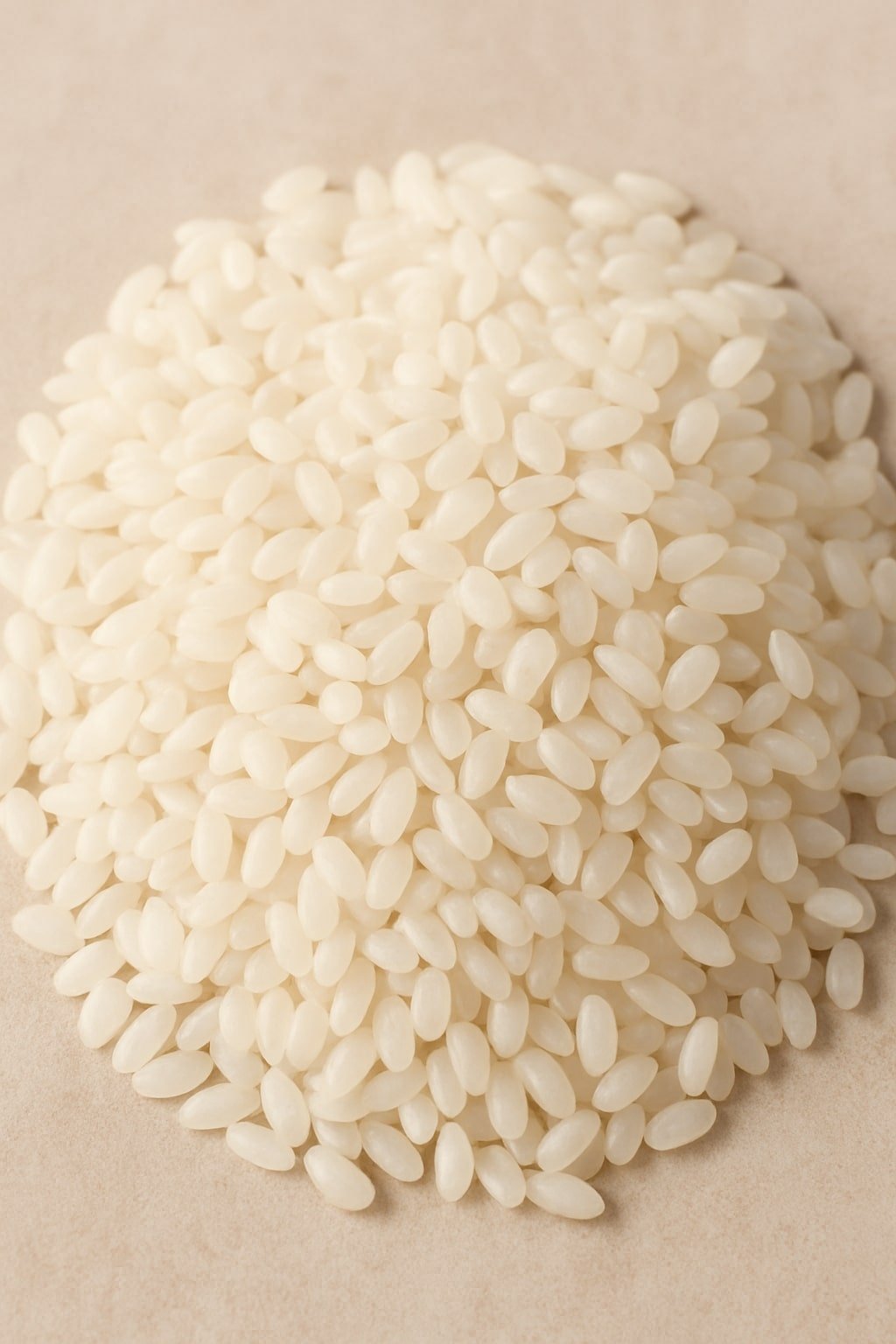
Soft, light, and quietly powerful — idli rice may not look like much in the bag, but give it a soak, a grind, and a little fermentation magic, and it transforms into the kind of batter that makes cloud-soft idlis and paper-thin dosas.
Unlike regular rice, these short, parboiled grains have a unique texture and starch profile that helps them ferment beautifully and steam into tender perfection. But their talents don’t end there. Idli rice can slip into global kitchens too — turning up in steamed puddings, soft rice pancakes, and even gluten-free baking experiments.
Here we’ll unpack what makes idli rice special, how it’s made, and why it deserves a spot in your pantry even if you’re not making idlis every weekend.
What Exactly Is Idli Rice
Idli rice is a short, parboiled grain prized for its ability to steam into a light, tender texture. The parboiling process alters the starch so the cooked grain stays soft without becoming mushy.
Its structure makes it ideal for fermented batters, where a smooth grind and steady rise are key. Although closely linked to idlis and dosas, its gentle texture also works well in other steamed or soft rice-based dishes.
Quick Facts About Idli Rice
- What it is: A variety of parboiled rice traditionally used for making idli and dosa batter
- Texture: Helps create soft, fluffy idlis and crisp dosas when fermented
- Best in: Idlis, dosas, uttapam, paniyaram
- Dietary note: Gluten-free and easily digestible
- Storage: Store in an airtight container in a cool, dry place; lasts several months
How Idli Rice Is Made
The process starts with freshly harvested short-grain rice still in its husk. The grains are partially boiled in their husk, a step that locks in nutrients and alters the starch structure for a softer texture.
Once boiled, the rice is dried — either under direct sunlight for a traditional finish or in mechanical dryers for faster, controlled results. Sun-drying can take a full day or more, while machine drying shortens the process without compromising quality.
After drying, the husk is milled away, leaving clean, plump grains ready for cooking. Premium batches are evenly sized, low in moisture, and free from broken pieces to ensure consistent results.
Popular Forms You’ll Find It In
-
Whole parboiled grains:
The standard form, ideal for cooking directly or grinding into batter for various dishes. -
Idli rice flour:
Finely milled and convenient for quick batters or gluten-free baking recipes. -
Blended rice mixes:
Packaged with lentils or other rice varieties to create ready-to-use blends for soft, steamed foods. -
Organic or unpolished idli rice:
Retains more of the bran layer for a slightly nuttier taste and added nutrients. -
Pre-soaked or ready-to-cook packs:
Found in some specialty stores, saving preparation time for busy kitchens.
What It Tastes Like
Idli rice has a mild, neutral flavor that lets other ingredients shine. Its subtle taste pairs well with both savory and sweet preparations, making it a versatile base in many kitchens.
When cooked, the grains turn soft and tender without becoming sticky, offering a gentle mouthfeel that’s easy to enjoy on its own or as part of a dish. This understated profile makes it ideal for absorbing spices, herbs, and sauces from any cuisine.
Idli Rice vs Other Rice Types
| Feature | Idli Rice | Other Common Rice Types |
| Processing | Parboiled in husk before milling, locking in nutrients and changing starch structure. | Usually milled raw (white rice) or left unprocessed (brown rice). |
| Texture When Cooked | Soft, tender, and fluffy without stickiness. | Varies: basmati is light and separate; sticky rice is chewy and clumps. |
| Best Uses | Steamed cakes, soft-textured dishes, gluten-free batters. | Basmati for aromatic pilafs, sticky rice for dumplings, arborio for creamy risotto. |
| Fermentation Support | Excellent for smooth batter fermentation. | Not all rice varieties ferment evenly or produce the same airy results. |
| Grain Size | Short and plump. | Ranges from long-grain (basmati, jasmine) to medium- and short-grain types. |
Culinary Uses Around the World
Steamed rice cakes and pancakes:
In Southeast Asia, similar short-grain varieties are used for soft rice pancakes, dumplings, and breakfast cakes. Idli rice is famously used to make idlis — soft, fluffy steamed cakes enjoyed as a staple South Indian breakfast, often served with sambar and chutney.
Gluten-free baking:
When ground into flour, it can be blended with other gluten-free flours to make bread, muffins, or cookies with a light, tender crumb.
Rice puddings and desserts:
Its soft texture suits creamy puddings or coconut milk-based sweets found in tropical cuisines.
Savory wraps and rolls:
Cooked grains can be shaped into rice wraps or mixed with herbs and fillings for fusion-style sushi or onigiri.
Crispy snacks:
Ground idli rice can be used to make light, crunchy crackers or rice chips, pairing well with dips from any cuisine.
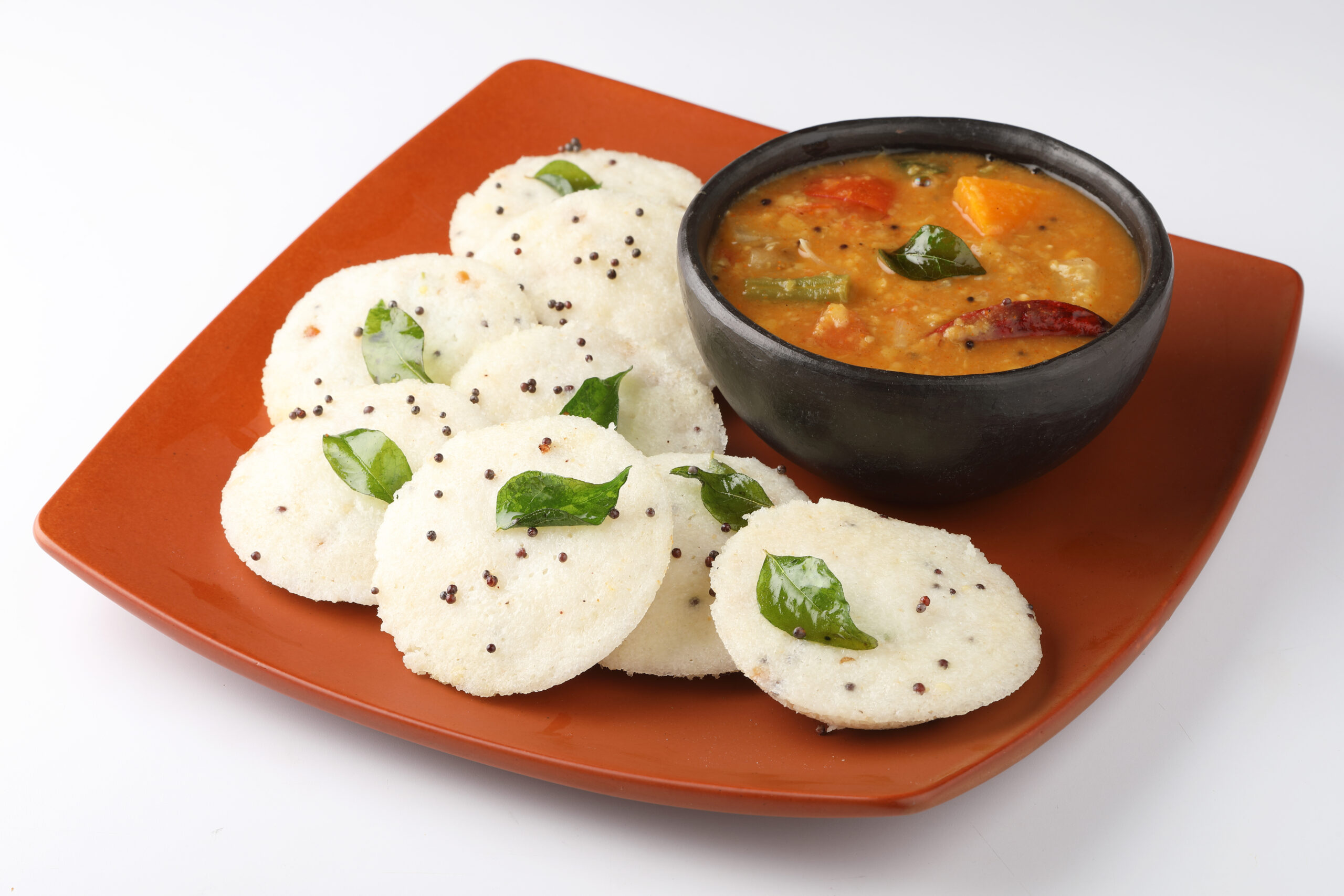
Cooking With Idli Rice
-
Soaking:
For most recipes, soak the rice for 4–6 hours to soften the grains and prepare them for grinding or steaming. -
Grinding:
Use a wet grinder or high-powered blender with enough water to create a smooth paste if making batter. -
Steaming:
Ideal for gentle steaming — whether for idlis, rice cakes, or dumplings — to achieve a soft, airy texture. -
Boiling:
When cooking whole, use slightly less water than regular white rice for a fluffier result. -
Mixing with other grains:
Combine with lentils, millet, or quinoa for added texture and nutrition in global recipes. -
Flavor pairing:
Works well with mild curries, coconut-based sauces, fresh herbs, or tangy dips that complement its neutral taste.
Flavor Pairings
-
Coconut-based sauces:
Creamy coconut chutneys or coconut milk curries bring out the rice’s soft, delicate texture. -
Herbs and aromatics:
Fresh cilantro, curry leaves, or lemongrass add brightness without overpowering its mild flavor. -
Tangy accompaniments:
Tomato-based gravies, yogurt sauces, or tamarind dips add a sharp contrast to the rice’s neutrality. -
Spiced toppings:
Lightly toasted cumin, mustard seeds, or sesame oil drizzle enhance aroma and depth. -
Sweet companions:
Coconut sugar syrup, jaggery, or cardamom milk turn it into a dessert-worthy base.
How to Store It Right
-
Keep it airtight:
Store idli rice in a sealed container to protect it from moisture and pests. -
Choose a cool, dry spot:
Avoid direct sunlight or damp areas to maintain freshness and flavor. -
Use food-safe containers:
Glass jars, stainless steel tins, or heavy-duty plastic bins work best. -
For long-term storage:
If keeping for several months, refrigerate or freeze the grains to prevent insect infestation. -
Avoid mixing old and new batches:
Use up older rice before opening a new pack to maintain quality.
Nutritional Value
Per 100 g (Uncooked)
-
Calories: ~350 kcal
-
Carbohydrates: ~78 g
-
Protein: ~7 g
-
Fat: ~0.8 g
-
Fiber: ~1 g
-
Calcium: ~25 mg
-
Potassium: ~110 mg
-
Sodium: ~4 mg
Health Benefits of Idli Rice
-
Supports easy digestion:
When fermented, idli rice batter may promote gut-friendly bacteria and be gentler on digestion (Source). -
Gluten-free option:
Naturally gluten-free, it can be suitable for those with gluten intolerance or celiac disease when processed without contamination (Source). -
Steady energy release:
The carbohydrate profile can provide sustained energy, especially when paired with protein or fiber-rich sides (Source). -
Nutrient retention:
Parboiling may help preserve minerals like calcium and potassium compared to raw-milled rice (Source). -
Low in fat and sodium:
Works well for light, balanced meals, particularly when steamed rather than fried (Source).
Final Thoughts
Idli rice may be small in size, but its role in creating soft, delicate textures is hard to match. From its traditional use in steamed delicacies to its growing presence in global kitchens, it adapts beautifully without losing its gentle character.
Whether you cook it whole, grind it into flour, or use it in fusion recipes, idli rice offers a mild flavor, a light bite, and endless room for creativity. Stock it in your pantry, experiment with it in different cuisines, and enjoy the simple pleasure of a grain that knows how to keep things soft and satisfying.
FAQs
What is idli rice made from?
Idli rice is a short-grain, parboiled rice variety made from specific rice cultivars processed to give a soft, tender texture when steamed.
Can I use regular rice instead of idli rice?
You can, but the texture may not be as soft or fluffy, and fermentation results may differ.
Is idli rice gluten-free?
Yes, idli rice is naturally gluten-free when processed and stored without contamination.
How long should I soak idli rice before cooking?
For most recipes, soak it for 4–6 hours to soften the grains and prepare them for grinding or steaming.
Is idli rice healthy?
It may be a light, low-fat, and gluten-free option, especially when steamed and paired with nutrient-rich sides.
How should idli rice be stored?
Keep it in an airtight container in a cool, dry place. For long-term storage, refrigerate or freeze to prevent pests.
Learn More About Idli Rice
Irasto World Health – What is Idli Rice? Understanding Its Role in South Indian ...
An informative overview covering that what are idli rice, processing method, characteristics, and primary culinary use of idli rice in traditional South Indian cooking.
We Know Rice – What is Idli Rice and How to Cook It
An insightful guide that explains idli rice’s origin, processing method, and differences from other rice varieties, followed by a step-by-step method for cooking soft idlis using it.


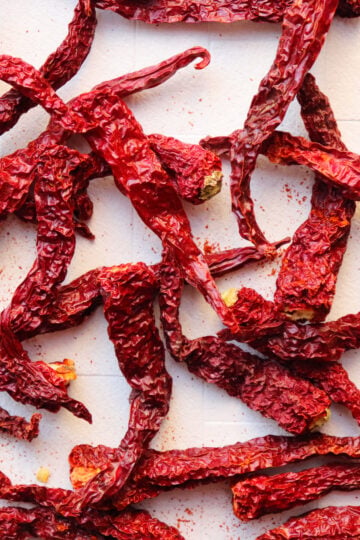
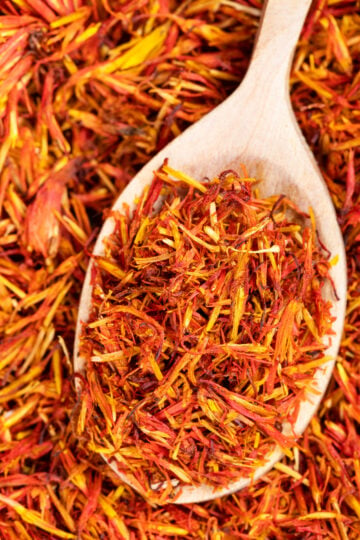
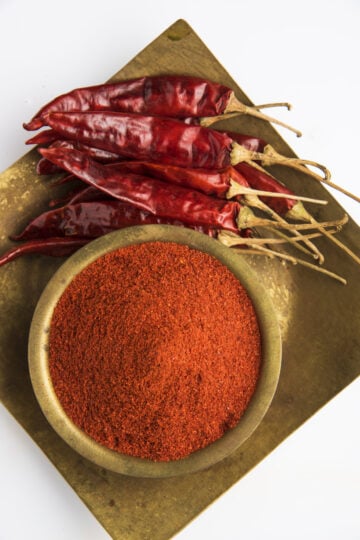

Have a question or something to share? Leave a comment below!